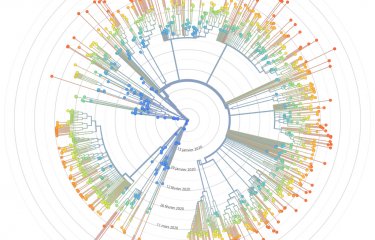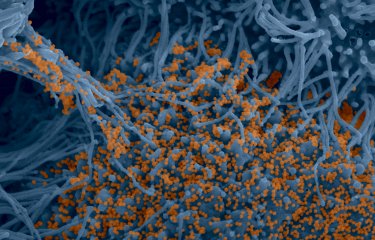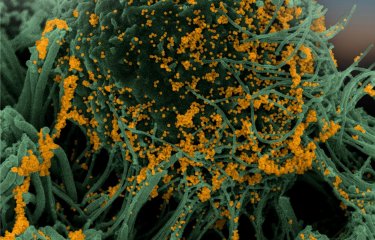More than three years after the start of the COVID-19 epidemic, mathematical modeling is still providing us with valuable insights, as shown in a recent study on household transmission of SARS-CoV-2 by the Hong Kong University School of Public Health and the Institut Pasteur/Université Paris Cité. Scientists believe that there is a subset of individuals with SARS-CoV-2 who are three times more likely to spread the virus to other individuals than the average person. The findings were published in eLife on March 7.
The role of so-called 'superspreading events' in transmitting SARS-CoV-2 has been well studied during the COVID-19 pandemic. Many studies have focused on group events that led to numerous infections. The overall results suggest that a small proportion (20%) of infected individuals cause more than half (80%) of virus transmission, but it is unclear if such transmission heterogeneity is driven by the difference in the number of exposed contacts rather than biological and behavioral factors.
"Studying home transmission where there is a high risk of spread and the numbers of exposed individuals are easier to track gave us more accurate estimates of individual variation in infectiousness," says lead author Tim Tsang, Assistant Professor in the Division of Epidemiology and Biostatistics at the University of Hong Kong School of Public Health in Pokfulam.
The scientists then analyzed data from 17 studies of household transmission of SARS-CoV-2, conducted early in the pandemic when the original strains were circulating. The analysis included 13,098 COVID-19 index cases – some of the first cases where patients were diagnosed with the virus – and 31,359 household contacts.
The team used the data to create a mathematical model that describes the differences in the number of household contacts infected by each individual with COVID-19. The model showed that the top 20% most infectious people caused three times more infections among household contacts than the average person with COVID-19. Subsets of individual superspreaders were even more infectious, the model shows.
"There is substantial variation in individual infectiousness within households," says co-senior author Simon Cauchemez, head of the Mathematical Modeling of Infectious Diseases Unit at the Institut Pasteur, Université Paris Cité. "These differences may be caused by biology, behavior, or demographic factors."
The findings may help epidemiologists better understand the role of individual differences in infectiousness in the spread of SARS-CoV-2. Understanding these patterns will help public health teams develop more effective ways to reduce the transmission of SARS-CoV-2 and other infectious diseases.
Source
The effect of variation of individual infectiousness on SARS-CoV-2 transmission in households, eLife, March 7, 2023
Tim K. Tsang1,2, Xiaotong Huang1, Can Wang1, Sijie Chen1, Bingyi Yang1, Simon Cauchemez†3, Benjamin J. Cowling†1,2
1 WHO Collaborating Centre for Infectious Disease Epidemiology and Control, School of Public Health, Li Ka Shing Faculty of Medicine, The University of Hong Kong, Hong Kong Special Administrative Region, China.
2 Laboratory of Data Discovery for Health, Hong Kong Science and Technology Park, Hong Kong Special Administrative Region, China
3 Mathematical Modelling of Infectious Diseases Unit, Institut Pasteur, Université Paris Cité, UMR2000, CNRS, Paris, France.
† These authors are joint senior authors with equal contribution.





